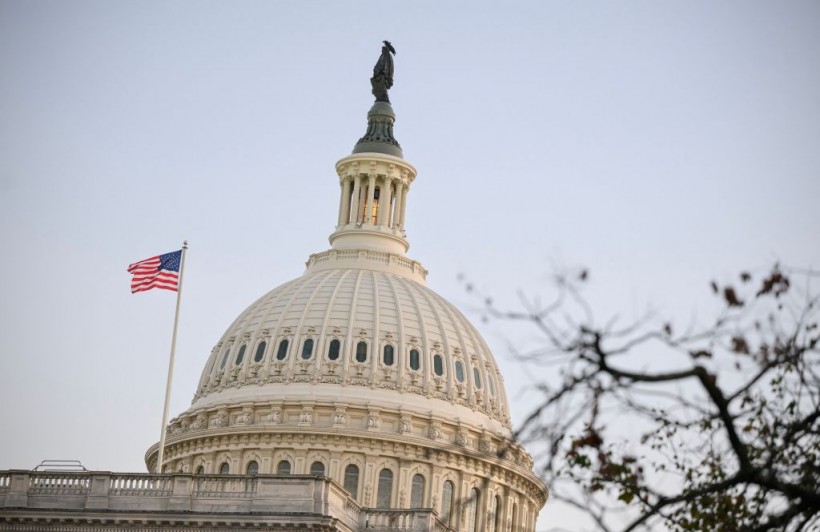Authorities said that America has expanded by 386,000 square miles, or roughly twice the size of Spain.
The US Department of State (DOS) has added six regions of submerged offshore areas, or extended continental shelf (ECS), to their total landmass, expanding the country's ability to claim more surrounding ocean-floor territory.
The Arctic, the Bering Sea, the Pacific (west coast), the Mariana Islands, the Atlantic (east coast), and two places in the Gulf of Mexico were among the regions.
US Territorial Claims

According to DOS, in regions more than 200 nautical miles from the shore, the US changed the geographic coordinates designating the outer bounds of the continental shelf.
The Arctic contains the majority of America's ECS, with all ECS zones covering an area about twice the size of California.
According to the Wilson Center research tank in Washington, D.C., the announcement has significant ramifications for securing US territorial claims in the Arctic.
The ECS in the Arctic extends north to a distance of 350 nautical miles (east) and more than 680 nautical miles (west) from US territorial sea baselines.
The change, however, does not contradict a 1990 agreement with Russia on the maritime boundary that runs across the Bering Strait.
"There is no need for a future negotiation with Russia because each country has delineated the outer limit of its continental shelf consistent with the boundary established in 1990 in the Agreement between the United States of America and the Union of Soviet Socialist Republics on the Maritime Boundary, which has been provisionally applied by agreement between the two countries," according to the Wilson Center.
According to State Department project director Brian Van Pay, Canada will most likely have an overlapping claim that can be negotiated in the future.
According to the State Department, the extended continental shelf claim was submitted in accordance with the rules of the 1982 United Nations Convention on the Law of the Sea.
The United States and other countries currently claim exclusive economic zones 200 miles off their coasts. They have rights over resources on the seafloor and in the oceans above in these zones.
The United States has claimed enlarged continental shelf regions in the Atlantic, Pacific, Gulf of Mexico, and Mariana Islands. The area north of Alaska, plus a smaller portion in the Bering Sea, is approximately the size of Texas.
Read Also: 5 Safest Cities in the USA from Natural Disasters
Strong Unilateral Move
According to the State Department, the claim for an extended continental shelf was made in accordance with the rules of the 1982 United Nations Convention on the Law of the Sea.
The United States Senate has never signed that treaty, yet the government is still publicizing its continental shelf limitations after 40 years.
Mead Treadwell, a former lieutenant governor of Alaska and former head of the U.S. According to the Arctic Research Commission, it is a strong unilateral move.
"If somebody came back and said, 'Your science is bad,' I think the United States would listen. But I don't think science is bad. I think we've had very good science," he added.
Related Article: New Supercontinent "Amasia" Will Form in 200 Million Years, Pacific Ocean Will Close -Simulation Shows
© 2024 NatureWorldNews.com All rights reserved. Do not reproduce without permission.


![Tsunami Hazard Zones: New US Map Shows Places at Risk of Flooding and Tsunamis Amid Rising Sea Levels [NOAA]](https://1471793142.rsc.cdn77.org/data/thumbs/full/70325/280/157/50/40/tsunami-hazard-zones-new-us-map-shows-places-at-risk-of-flooding-and-tsunamis-amid-rising-sea-levels-noaa.jpg)

![Climate Change is Reducing Dust Levels Worldwide as Arctic Temperature Warms [Study]](https://1471793142.rsc.cdn77.org/data/thumbs/full/70320/280/157/50/40/climate-change-is-reducing-dust-levels-worldwide-as-arctic-temperature-warms-study.jpg)
